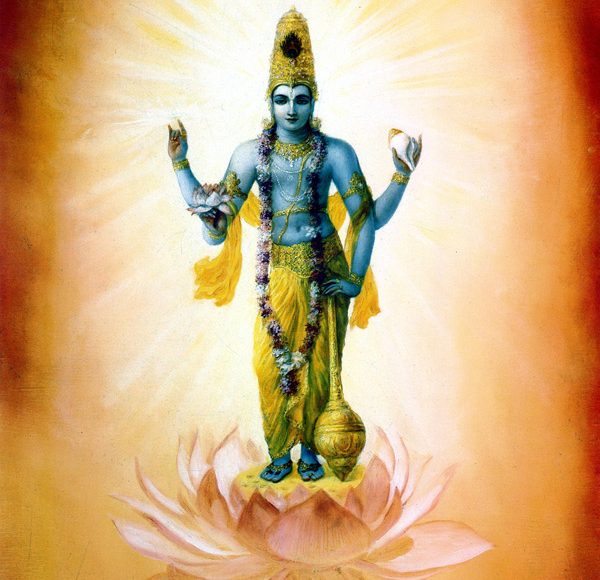Jiva, or the living being, is not merely the physical or material body (deha). It is not even biological or vital breath (prana). Nor is it just a cluster of sense impressions (manas), intellect (buddhi), or ego (ahankara). The essence of jiva is something beyond all these. It is the Transcendent Self or Atman, which is the knower (sakshi), the seer (drishta), and pure consciousness (chit).
The composite whole of chit (consciousness) and achit (non-consciousness), drishta (seer) and drishya (seen), kartr (doer) and karana (instrument) is the total personality called jiva, the embodied self. The constituents of jiva, according to Vedanta, are:
- Atman or Self.
- Avidya (ignorance) enveloping the self.
- Chidabhasa (reflection of the Self in the ego).
- Karana sarira, the causal body.
- Linga sarira, constituting prana (vital airs), manas (mind), ahankara (ego), and buddhi (intellect).
- The gross physical body.
In gurbani, jiva (also jia) essentially stands for a living being, an organism. For example, “Jele jia jivahi lai sahaja, all living beings live by breath” (Guru Granth Sahib, 144) exemplifies this meaning.
The same idea is reflected in the line from Akal Ustat: “Jiva jale jala mein thai mein, as many living beings as abide in water or on land.” The term jiva also stands for jiva-atma (individual soul), which is presumed to be the source of life in any living being. For instance, “Ishvar jiva ek hi jani, thus reckon Ishvar (God) and jiva as one” (Sri Guru Pratap Suraj Granth), or “Jiu eku aru sagal sara, consider it the same one atma in all different bodies” (Guru Granth Sahib, 330).
The term has also been employed to connote mind or consciousness (chitta) as in, “Jia sangi Prabhu apuna dharta, He fixes his mind on his Lord” (Guru Granth Sahib, 384).
In summary, jiva in gurbani represents a living being or any of the characteristics—life, consciousness, mind, or soul (jivatma)—that define a living being, particularly human beings.
References :
1. Avtar Singh, Ethics of the Sikhs. Patiala. 1970
2. Sher Singh, The Philosophy of Sikhism. Lahore, 1944
In Hindu philosophy, the term Jiva refers to the individual soul or living entity. It is derived from the Sanskrit word Jiv, meaning “to breathe” or “to live,” and is a fundamental concept in various Hindu schools of thought, particularly Vedanta.
Key Aspects of Jiva in Hindu Philosophy:
Nature of Jiva:
- The Jiva is considered a manifestation of Atman (the universal soul) or Brahman (the ultimate reality). However, unlike the Atman, the Jiva is bound by Maya (illusion) and experiences individuality due to its association with the physical body, mind, and senses.
- The Jiva is eternal and divine but takes on different physical forms (human, animal, etc.) through the cycle of birth and rebirth.
Karma and Samsara:
- The Jiva is subject to the law of Karma, where actions determine the conditions of future births. It is trapped in Samsara, the cycle of birth, death, and rebirth, until it attains liberation (moksha).
- Liberation occurs when the Jiva realizes its true nature as Atman and unites with Brahman.
Three States of Jiva:
- According to Vedanta, the Jiva exists in three states:
- Jagrat (waking state): Engaged with the external world.
- Swapna (dreaming state): Experiencing mental impressions.
- Sushupti (deep sleep state): Temporarily free from worldly awareness.
Union with Brahman:
- Hindu texts describe the ultimate goal of the Jiva as achieving union with Brahman through spiritual practices like meditation, devotion, and selfless action. This is seen as the dissolution of individuality and a return to the source.
Scriptural References:
- The concept of Jiva is extensively discussed in texts like the Bhagavad Gita, Upanishads, and Vedanta Sutras. For example, the Gita states, “The eternal Jiva resides in the body” and highlights its indestructible nature.
The Jiva serves as a profound reminder of the interconnectedness of all living beings and the journey toward self-realization and unity with the divine.



